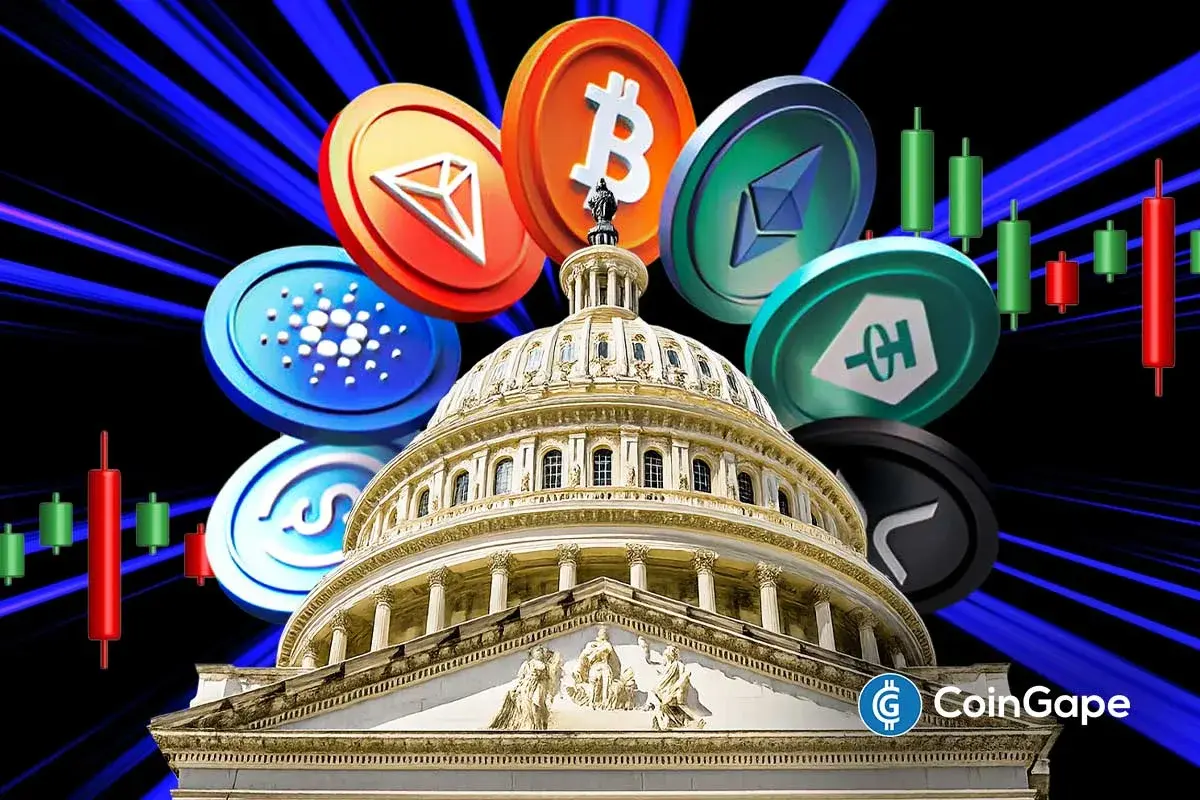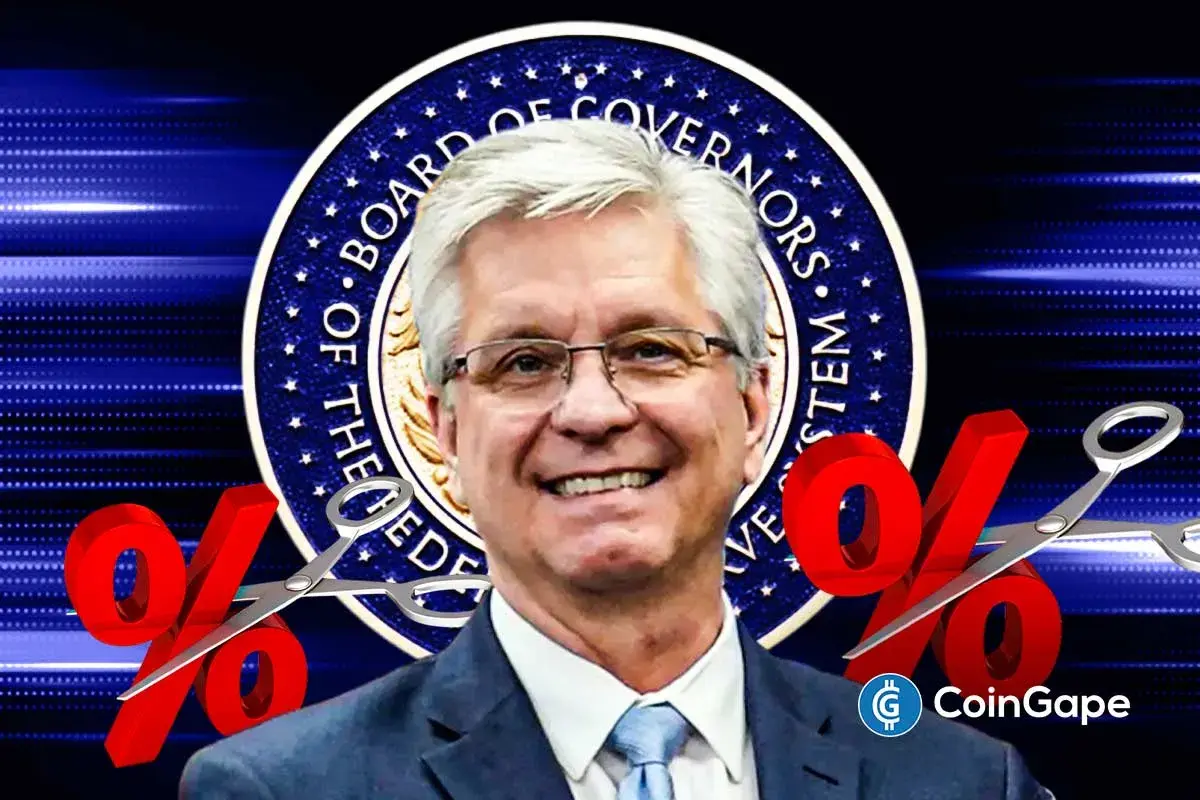Fed’s Beth Hammack Reveals Inflation Concerns As Reason For Rate Cut Dissent

Highlights
- Cleveland Fed President Beth Hammack disagreed with the Fed's decision to cut rates, preferring to hold them steady.
- Hammack believes the Fed should prioritize fighting inflation and keep rates restrictive until there's clear progress.
- She sees current interest rates as near neutral, meaning they are neither stimulating nor restraining the economy.
Federal Reserve Bank of Cleveland President Beth Hammack said she dissented at this week’s central bank meeting because interest rates should not have been moved higher or raised further until significant progress has been made on cooling inflation.
Hammack said rates are getting close to neutral, neither restraining nor stimulating the economy. Rates should stay elevated enough to “modestly restrain” economic activity “for some time.
Beth Hammack Breaks with Fed, Opposes Rate Cut Over Inflation Worries
Beth Hammack, president of the Cleveland Fed, and the sole dissenter to this week’s Federal Reserve rate cut, explained her opposition with an emphasis on inflation concerns. She said “there is more work to do on inflation,” showing her preference for holding steady on rates due to the economy’s strength.
She stated:
“Based on my estimate that monetary policy is not far from a neutral stance, I prefer to hold policy steady until we see further evidence that inflation is resuming its path to our 2 percent objective.”
Beth Hammack said the decision to dissent on the Fed’s latest rate cut was close because she believes monetary policy will have to remain modestly restrictive for some time. Hammack’s dissent was the second since the Fed began its rate-cutting cycle in September. It followed Fed Governor Michelle Bowman’s vote in support of this week’s 25 basis point cut.
Fed Officials Cut Rate Cut Projections for 2025 Amid Persistent Inflation
Fed officials reduced 2025 rate cut projections from four to two due to persistent inflation concerns. November saw a slight MoM inflation decline, though it remains sticky as the Fed aims to reach a 2% target.
Fed officials also revised their projections for 2025. They lowered the number of cuts expected from four to two, partly as a result of their concern over the persistence of inflation.
Recent inflation data revealed a marginal deceleration in price increases month over month in November. However, inflation remains sticky as the central bank works to bring it back to its 2% target.
In November, the core PCE, which excludes food and energy costs, was up 0.1% from the prior month, compared with a gain of 0.3% in October. On an annual basis, core prices were up 2.8%, below Wall Street’s expectations for a gain of 2.9%. Overall, PCE rose 2.4% annually, compared with 2.3% in October. Still, it was slightly below economists’ projections of a 2.5% rise.
Beth Hammack also highlighted that while the progress of inflation being at 7.2% in the summer of 2022 has gone down, it is still highly elevated. She said they are focusing on bringing the rate down to 2%, specifically since the job market has been very strong.
- Bipartisan Crypto Bill Talks Progress Even as Markup Is Delayed Until Next Year
- Bitcoin, Ethereum, and Solana to Hit New Highs in 2026, Predicts Crypto ETF Issuer Bitwise
- Fed’s Chris Waller Says Labor Market Is ‘Very Soft,’ Signaling Support for More Rate Cuts
- DeepSnitchAI Raising funds to Build AI Intelligence for Investors
- LINK Vs. XRP: Crypto Founder Lark Davis Reveals Who Will Win in the Next Decade
- Bitcoin Price Outlook: Capriole Founder Warns of a Drop Below $50K by 2028
- XRP Price Rare Pattern Points to a Surge to $3 as ETFs Cross $1B Milestone
- DOGE Whales Add 138M Coins in 24 Hours: Will Dogecoin Price Rebound Above $0.15?
- Ethereum Price Outlook Hinges on Whale Moves: Dump Below $2,800 or Reclaim Above $3K Next?
- Solana Price Outlook After Charles Schwab Adds SOL Futures — What Next?
- Pi Network Stares at a 20% Crash as Whale Buying Pauses and Demand Dries
















